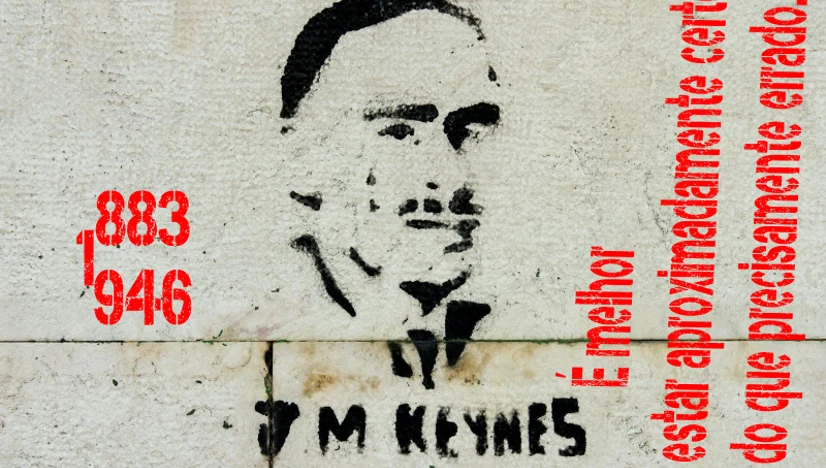Post-Keynesian macroeconomics since the mid-1990s: Main developments
Institute for International Political Economy Berlin, 2012
Photo source: Wikimedia Commons. This file is licensed under the Creative Commons Attribution-Share Alike 4.0 International license.
Exploring Economics Working Paper Selection
We collect and republish selected Working Papers and Journal Articles on Exploring Economics.
Post-Keynesian macroeconomics since the mid-1990s: Main developments
Abstract: In this paper the main developments in post-Keynesian macroeconomics since the mid- 1990s will be reviewed. For this purpose the main differences between heterodox economics in general, including post-Keynesian economics, and orthodox economics will be reiterated and an overview over the strands of post-Keynesian economics, their commonalities and developments since the 1930s will be outlined. This will provide the grounds for touching upon three important areas of development and progress of post-Keynesian macroeconomics since the mid-1990s: first, the integration of distribution issues and distributional conflict into short- and long-run macroeconomics, both in theoretical and in empirical/applied works; second, the integrated analysis of money, finance and macroeconomics and its application to changing institutional and historical circumstances, like the process of financialisation; and third, the development of full-blown macroeconomic models, providing alternatives to the mainstream 'New Consensus Model' (NCM), and allowing to derive a full macroeconomic policy mix as a more convincing alternative to the one implied and proposed by the mainstream NCM, which has desperately failed in the face of the recent crises.
Key words: post-Keynesian macroeconomics, heterodox vs. orthodox economics, pluralism in economics, distribution, money, finance, macroeconomics, macroeconomic policies
Stay tuned!
Subscribe to our newsletter to learn about new debates, conferences and writing workshops.
Subscribe!
Go to: Post-Keynesian macroeconomics since the mid-1990s: Main developments

